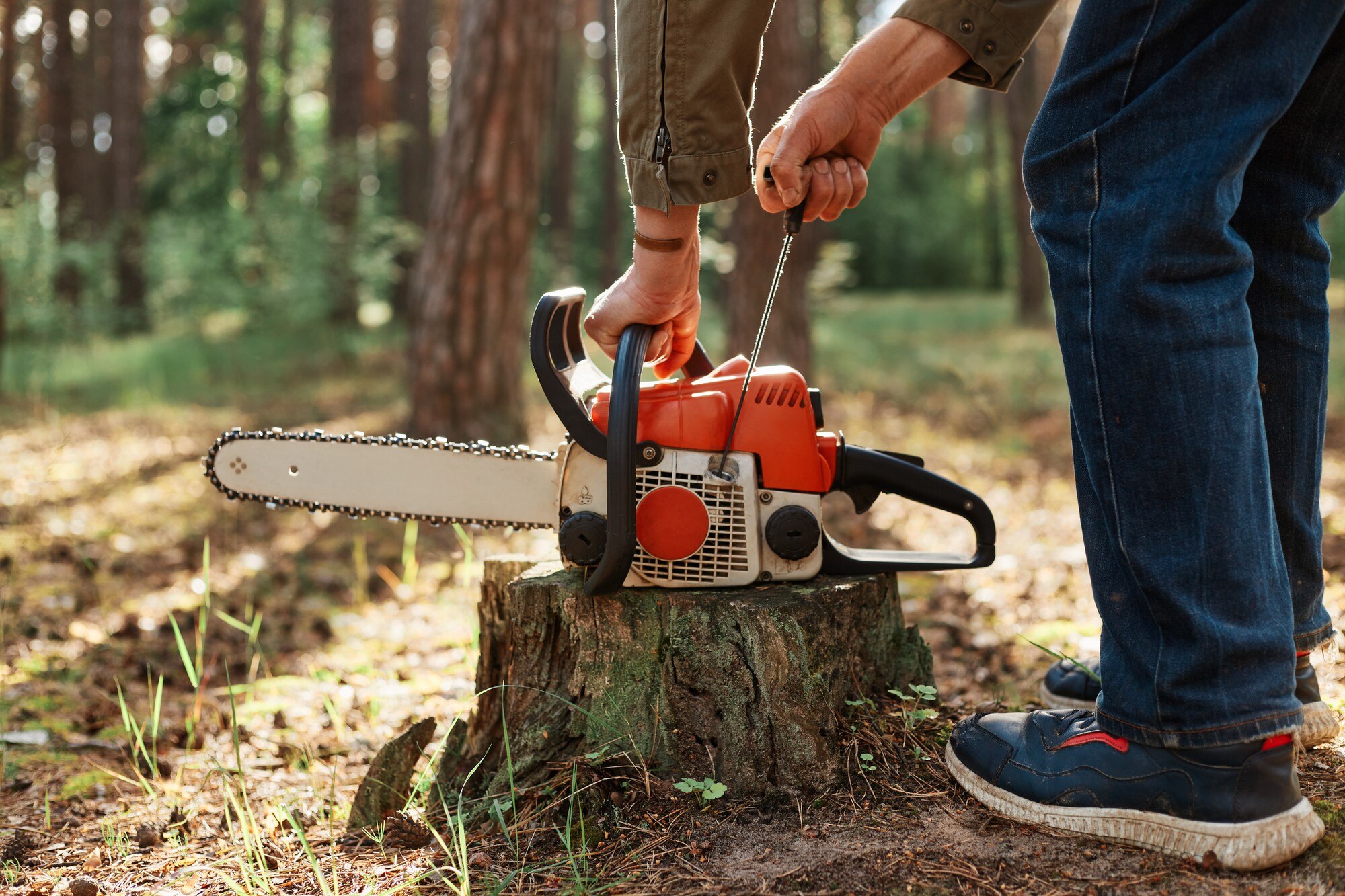What are the 4 Types SDA
Specialist Disability Accommodation (SDA) plays a vital role in providing tailored housing solutions for individuals with disabilities. SDA encompasses a range of accommodation options designed to meet the diverse needs of people with disabilities, offering safe, accessible, and supportive living environments. In this comprehensive article, we’ll delve into the four types of SDA, exploring their features, benefits, and suitability for different individuals with disabilities.
Robust SDA
Robust SDA is designed for individuals with high physical support needs who require a secure and durable living environment. This type of accommodation is characterized by robust construction and features that can withstand significant wear and tear, making it suitable for individuals with challenging behaviors or mobility impairments.
Key Features of Robust SDA:
- Reinforced walls, floors, and fixtures to withstand impact and pressure.
- Secure entry and exit points with robust locking mechanisms to ensure resident safety.
- Accessibility features such as wheelchair ramps, wide doorways, and accessible bathrooms.
- Emergency call systems and monitoring devices to support residents with complex needs.
Benefits of Robust SDA:
- Enhanced safety and security for residents with high support needs.
- Durable and low-maintenance construction materials to minimize wear and tear.
- Accessible design features that promote independence and mobility for residents with disabilities.
- Supportive environment with trained staff and specialized services to meet residents’ needs.
High Physical Support SDA
High Physical Support SDA is designed for individuals with significant physical disabilities who require assistance with activities of daily living and mobility. This type of accommodation provides specialized support services and assistive technology to promote independence and improve quality of life for residents.
Key Features of High Physical Support SDA:
- Adapted living spaces with accessible kitchens, bathrooms, and bedrooms to accommodate mobility aids.
- Assistive technology such as hoists, lifts, and adjustable furniture to support residents with mobility impairments.
- Personal care and support services provided by trained staff to assist with activities such as dressing, grooming, and medication management.
- Accessibility features such as level pathways, handrails, and non-slip flooring to promote safety and mobility.
Benefits of High Physical Support SDA:
- Tailored support services and assistive technology to meet the specific needs of residents with physical disabilities.
- Enhanced independence and autonomy for residents through accessible design features and personalized care plans.
- Improved quality of life with access to recreational activities, social events, and community engagement opportunities.
- Peace of mind for residents and their families knowing that support is available around the clock to assist with daily living tasks.
Improved Liveability SDA
Improved Liveability SDA is designed to enhance the quality of life for individuals with disabilities by providing accessible and inclusive living environments. This type of accommodation focuses on promoting independence, social inclusion, and community participation for residents.
Key Features of Improved Liveability SDA:
- Universal design principles applied to create barrier-free living spaces that are accessible to people of all ages and abilities.
- Adapted features such as level access entrances, step-free pathways, and adjustable fixtures to accommodate diverse needs.
- Shared amenities and communal spaces to facilitate social interaction, recreation, and peer support among residents.
- Access to support services and community resources to promote health, well-being, and active participation in society.
Benefits of Improved Liveability SDA:
- Inclusive design features that promote accessibility and independence for residents with disabilities.
- Opportunities for socialization, recreation, and community engagement within a supportive and inclusive environment.
- Flexibility to accommodate changing needs and preferences through adaptable living spaces and personalized support plans.
- Enhanced sense of belonging and connectedness among residents with shared experiences and interests.
Fully Accessible SDA
Fully Accessible SDA is designed to meet the needs of individuals with mobility impairments or sensory disabilities by providing barrier-free living environments that are fully accessible and inclusive. This type of accommodation focuses on maximizing independence, safety, and comfort for residents.
Key Features of Fully Accessible SDA:
- Universal design features such as wide doorways, level access entrances, and adjustable fixtures to accommodate wheelchair users and people with mobility aids.
- Accessible bathrooms with roll-in showers, grab bars, and height-adjustable sinks to support residents with personal care needs.
- Sensory-friendly design elements such as acoustic insulation, tactile signage, and visual contrast to accommodate residents with sensory impairments.
- Assistive technology and smart home devices to enhance convenience, security, and independence for residents.
Benefits of Fully Accessible SDA:
- Barrier-free living environments that promote autonomy and mobility for residents with disabilities.
- Enhanced safety and comfort through accessible design features and assistive technology solutions.
- Inclusive and welcoming spaces that cater to the diverse needs of residents with mobility impairments or sensory disabilities.
- Opportunities for residents to participate fully in daily activities, social events, and community life without barriers or limitations.
Conclusion
Specialist Disability Accommodation (SDA) encompasses a diverse range of housing options designed to meet the unique needs of individuals with disabilities. From robust construction to barrier-free design, each type of SDA offers specific features and benefits tailored to different levels of support and mobility requirements.
By understanding the four types of SDA and their key features, individuals with disabilities and their families can make informed decisions about their housing options and find accommodation that meets their needs and preferences. Ultimately, SDA plays a vital role in promoting independence, inclusion, and quality of life for people with disabilities, empowering them to live fulfilling and meaningful lives in the community.








Leave a Reply
You must be logged in to post a comment.